
Review on 🔌 D-Link AC1200 Mini Wireless USB Adapter for Desktop and Laptop - Dual Band Wi-Fi, High-Speed Internet Access (DWA-182) by Mar Pacora

Works with Ubuntu Linux 18.04.02 LTS
I was looking for a wireless adapter for my new Ubuntu build and bought it based on previous reviews that suggested it would work with Ubuntu 18.04.02 LTS, what I can confirm it is. It's not exactly "plug and play" like Windows, but it's still accessible to beginners. After connecting the adapter, open the Programs and Updates > Additional Drivers tab. There you should see D-Link Corp.: Unknown and an option for "Do not use device" or "Use dkms source for r8812au network driver from rtl8812au-dkms (open source)". Select this open source option and click Apply Changes. This may take a few minutes but should pass. Note that you may be asked to enter a strong startup password (this is known as a MOK key) - go ahead and enter an easy-to-remember password (MOK key). After that you need to reboot (most likely you will be prompted to reboot automatically, if not then just reboot manually). Be careful during the reboot as you will need to press Enter to invoke the MOK key operation (you will see a window asking if you want to do this). I forgot the exact terminology, but you want to go to the section where you enter the easy-to-remember password (MOK key) you just created. Once you've entered this password, do whatever it takes to gracefully exit the MOK key area and complete the reboot process until you finally land on the normal user login screen that you see every time you restart your computer. After logging in, the adapter should work properly. Do not skip this important MOK process as you will have to uninstall and repeat the driver installation process again to get back there. IMO driver processes like this (and it's easy!) are one of the biggest hurdles for regular users to cross over into Linux land. Also note that drivers are not loaded automatically every time you start/restart your computer. To have them loaded automatically on every reboot (which you probably need), add the module name to /etc/modules. To find the name of your module, first make sure everything is fully installed and working properly, then type lsmod in a terminal window. This will show you all your kernel modules. Find the name of this pup - in my case it's 8812au (derived from rtl8812au-dkms which I mentioned earlier) - and copy this text. For the following terminal command, type sudo gedit /etc/modules - a text editor will open and just paste the copied text at the end of this file. Save and exit gedit, reboot and viola. Note that on my current build of Ubuntu it seems the WiFi icon in the top right corner (next to the speaker and power button) **sometimes disappears completely**, but the WiFi still connects and works fine. You can confirm everything is still working fine by going to Settings > Wi-Fi and you will see that the connection is still working fine. I am using this with my model NETGEAR R8000-100NAS Nighthawk X6 AC3200 Tri-Band Gigabit Wireless Router R8000-100NAS and a 1Gbps downlink / 20Mbps internet connection. The wireless speed for about 15 feet through an indoor wall is 176 Mbps down (22 Mbps down) and 23 Mbps up (maximum Internet download speed).
- USB Network Adapter
- Not sure
New products
Comments (0)
Top products in 🖧 Network Adapters
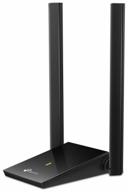
TP-Link Archer T4U Plus AC1300 USB 3.0 WiFi Network Adapter

29 Review
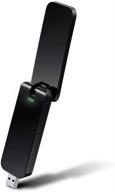
Enhance Internet Speed with TP-Link AC1200 Wireless Dual Band USB Adapter (Archer T4U V1)

40 Review
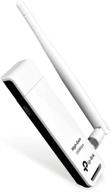
High Gain Wireless Network Adapter - TP-Link Nano USB Wifi Dongle with 150Mbps Speed for PC Desktops and Laptops. Compatible with Win10/8.1/8/7/XP Linux 2.6.18-4.4.3, Mac OS 10.9-10.15 (TL-WN722N)

46 Review

🔌 ASUS USB-BT400 USB Bluetooth Dongle Receiver - Compatible with Laptops and PCs, Plug and Play for Windows 10/8/7/XP. Supports Printers, Phones, Headsets, Speakers, Keyboards, and Controllers in Black.

79 Review
Another interesting products
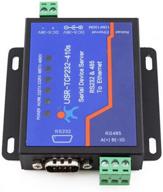
🔌 USR-TCP232-410s: RS232/RS485 Serial to Ethernet Adapter/IP Device Server with DHCP/DNS Support

4 Review
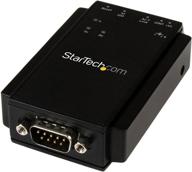
🔌 StarTech.com NETRS232 Serial to IP Ethernet Device Server - DIN Rail Mountable - Serial Device Server - Serial Over IP Device Server (Black)

4 Review
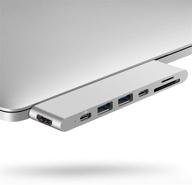
💻 MacBook Purgo Adapter 2020/2018/2016/2016

4 Review
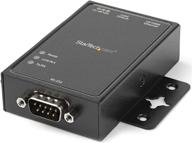
🌐 StarTech.com NETRS2321P: 1-Port RS232 to Ethernet IP Converter, Serial over IP Device Server - Black

5 Review

